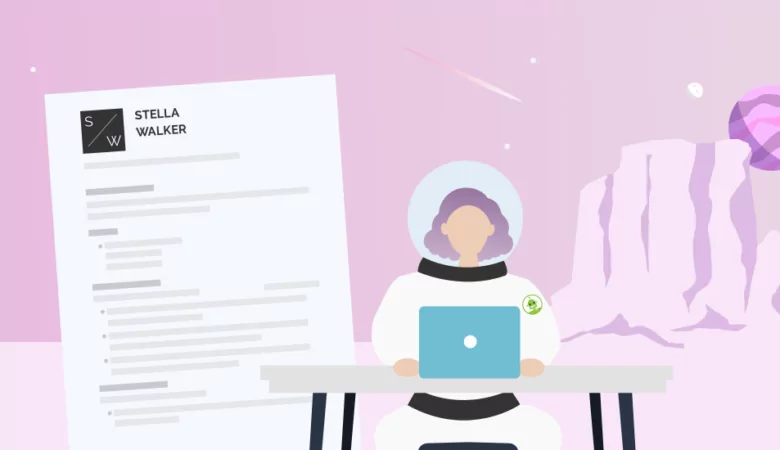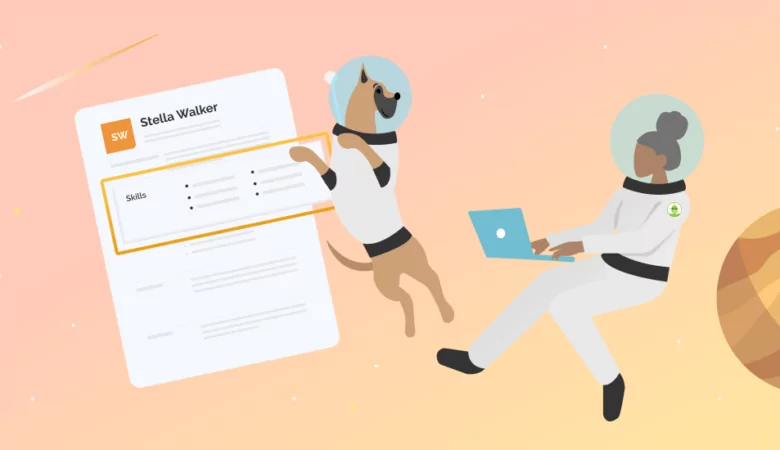A resume is a requirement for applying to just about every job in any industry. What is a resume, and how can you break it down to make it easier to understand?

What a Resume Is and How to Write Your Own
What Is a Resume?
When you’re looking for a job, you’re going to need to fill out job applications. Two of the elements that you’ll likely need for every application are a resume and a cover letter. Although you almost certainly know of the resume, not everyone understands resume templates or how to maximize your professional resume for every use. Here’s what you need to know about creating the perfect resume for any prospective employer.

What Is a Resume For?
First and foremost, what is a resume? A resume is essentially a list of your skills, past experience, and education. By reading these sections, a hiring manager should be able to see that you meet the criteria necessary for a specific job. A great resume will put you ahead of other job seekers and get you a job interview, where you can proceed to talk directly to a recruiter and give them compelling reasons why you should be the person they hire.
-
Resume Formats
One of the important points to consider when writing a resume is your resume format. There are typically three different formats: the chronological resume, the functional resume, and the combination resume, also known as the hybrid resume. Different types of resumes will be best for different job descriptions and types of experience. The chronological resume typically emphasizes your work experience, the functional resume emphasizes your skills, and the combination resume does both. Determining the right resume format is key to creating the best resume for your needs.
Important Elements To Include on a Resume
Regardless of the format that you choose, you’re going to include many of the same sections in your resume. The difference is that your headings may be a little bit different depending on the resume format. Here are the five sections that you’ll typically see in a good resume.
Contact information
The first section is the header with your contact information. When you use a resume builder like the one from ResumeNerd, this header is going to be part of the design scheme of your resume. The header includes your phone number and social media profiles like LinkedIn. It also includes your full name, which will typically be in a slightly larger font.
Resume summary
Next is your resume summary or resume objective. This is a 2-3 sentence paragraph at the very top of the resume that highlights your key achievements. The difference between a resume summary and a resume objective is that a resume summary simply summarizes your work history and skills, while a resume objective also puts forth an objective that you’re hoping to present to a potential employer.
Skills
Your skills section should typically be a list of bullet points describing the skills that help you fit into the job market. This should include a number of relevant skills, typically anywhere between 5-12, depending on your resume format. Remember to include both soft skills and hard skills, although the ratio between the two may vary depending on the industry you’re in.
Work experience
Most of the time, your work experience section should be the largest section on your resume. This is where you include all of your professional experience – usually all relevant experience from the last 10 years, which can include internships, volunteer work, and sometimes even academic experience as long as it’s relevant to the job you want. Regardless of your resume format, list your work experience in reverse-chronological order, with the most recent and most relevant jobs first.
Education
Last is the education section. Here, you should include any college experience you have, as well as relevant coursework and certifications. If you have no college experience, include the high school you graduated from. Most resume writing experts suggest not to include your GPA, but you can include other school honors, like cum laude or the Dean’s List if you achieved them.
FAQ: What Is a Resume?
Most people should have a one-page resume. Because the purpose of a resume is for a hiring manager to be able to scan the resume quickly and determine whether you have the right experience and skills for the position you’re interested in, a one-page resume will almost always be best. However, if the job calls for a significant amount of work experience, you can submit a resume up to two pages long.
The best way to determine the specific information that you should include in your industry and for your job title is to look at resume examples on the ResumeNerd website. These resume examples can help you understand what hiring managers are looking for in your industry, including career advice for your skills section and your work history section.
Many sections are optional that you might be able to include on a resume, such as an extracurricular activities section, a hobbies section, a volunteer work section, and a key achievements section, among others. These sections can help fill out your resume more completely, especially if you don’t have a lot of work experience.







